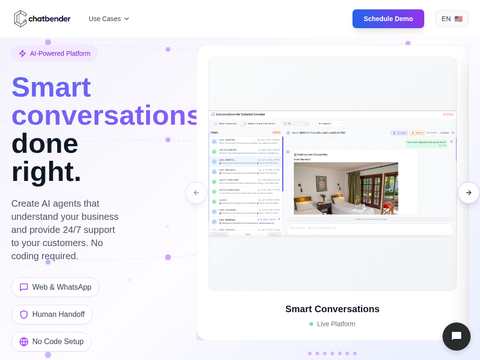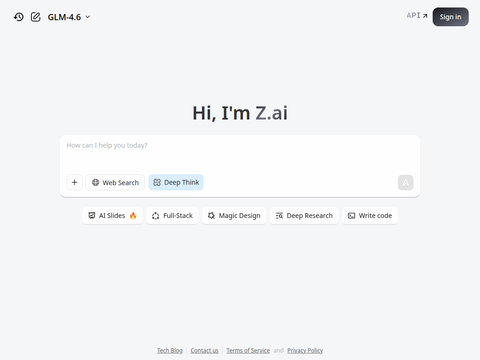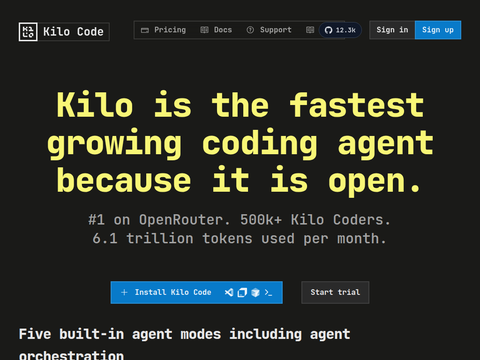Google DeepMind unveiled a new AI-powered weather forecasting system on Monday, claiming it generates global weather predictions up to eight times faster than conventional tools.
Dubbed WeatherNext 2, the system is designed to help organizations respond more swiftly to severe conditions as the world grapples with increasingly frequent natural disasters driven by climate change.
To achieve this speed, the system produces hundreds of possible scenarios from a single starting point, each computed in under a minute using Google’s custom-built Tensor Processing Units (TPUs), which are optimized for machine learning and AI workloads.
“We rely on accurate weather forecasts to make critical decisions—from supply chains and energy grids to crop planning,” said Peter Battaglia, a research scientist at Google DeepMind, in a post on X. “AI is transforming how we predict the weather.”
Deployment Across Google Products
WeatherNext 2 forecasts are already live in Google Search, Gemini, Pixel Weather, and the Google Maps Weather API, with broader integration planned for the future.
“We’re working closely with Google teams to integrate WeatherNext into our forecasting systems,” said Akib Uddin, Product Manager for WeatherNext 2. “Whether you’re on Search, Android, or Google Maps, weather affects everyone—so better forecasts can genuinely help people everywhere.”
Traditional models can take hours to run, limiting how often forecast scenarios can be refreshed, according to DeepMind. With advanced AI, WeatherNext 2 significantly outperforms its predecessor, WeatherNext Gen, the company claims.
“It’s roughly eight times faster than our previous probabilistic model released last year and offers six times higher resolution,” Battaglia stated. “Instead of updating every six hours, it updates hourly—and it outperforms WeatherNext Gen on 99.9% of the variables we tested.”
In practical terms, this means the new system delivers more accurate predictions for temperature, wind, humidity, and pressure across nearly all locations and time points within a 15-day window.
DeepMind attributes these improvements to a novel modeling approach detailed in a June research paper on Functional Generative Networks (FGN), which redefines how the system handles uncertainty and generates diverse forecast outcomes.
A New Modeling Approach
According to Google, FGN is trained exclusively on univariate—or “marginal”—forecasts, such as temperature, wind, or humidity at a specific location.
Despite this narrow training focus, the model learns how these variables interact, enabling it to predict complex, interconnected weather patterns like regional heatwaves and cyclone behavior.
Google reports that FGN matches GenCast in extreme two-meter temperature forecasting and surpasses it in extreme ten-meter wind predictions, depending on the variable.
The model demonstrates stronger calibration over lead times and performs better when evaluated over larger regions rather than individual points.
Using the Continuous Ranked Probability Score (CRPS)—a standard metric that assesses how well a model’s full range of predicted outcomes aligns with actual observations—the paper reports an 8.7% improvement in average-pooled CRPS and a 7.5% gain in maximum-pooled CRPS compared to GenCast.
Cyclone Forecasting Performance
FGN also enhances tropical cyclone prediction.
When compared against historical tracks from the International Best Track Archive for Climate Stewardship (IBTrACS), the ensemble mean forecast reduces position errors by the equivalent of about 24 hours in the three- to five-day lead time window.
A version of FGN running at 12-hour timesteps shows higher error than the six-hour variant but still outperforms GenCast beyond a two-day lead time.
Trajectory-based probabilistic forecasts demonstrate higher relative economic value across most cost-loss ratios and lead times.
DeepMind notes that an experimental cyclone forecasting tool built with this technology has already been shared with meteorological agencies.
“You get more accurate forecasts—and you get them faster,” Uddin said. “That helps everyone make better decisions, especially as extreme weather events become more common. I believe improved weather forecasting unlocks a whole range of valuable applications.”








